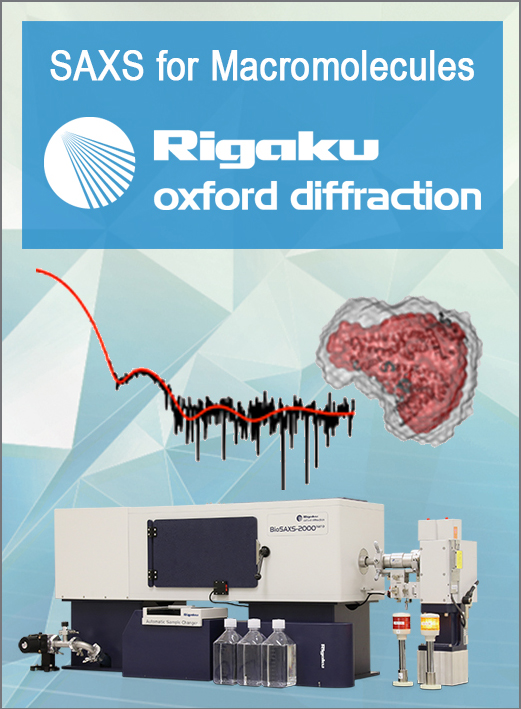


Meeting report (IUCr supported)
1st LACA School: Small-Molecule Crystallography
![1LACASSMC group photo [1LACASSMC group photo]](https://www.iucr.org/__data/assets/image/0017/137006/1LACASSMC_group-photo.png)
The first Latin American Crystallographic Association school devoted to small-molecule crystallography (1LACASSMC, http://lacassmc.fq.edu.uy/) was held from 19 to 25 February 2018 at the Facultad de Química, Universidad de la República, Montevideo, Uruguay. Profiting from the momentum gained from the organization of two IUCr/UNESCO OpenLabs in 2014 and 2016, the core of the organization and lecturers from these events (Leopoldo Suescun and Natalia Alvarez from Uruguay, Javier Ellena and Hamilton B. Napolitano from Brazil, and Bruce Noll from USA) was spiced-up for this first official LACA school, which is actually a continuation of a long tradition of regional education in crystallography. The addition of Florencia Di Salvo (Argentina), Vojtech Jancik (Mexico), Silvina Pagola (USA) and Tony Linden (Switzerland) to the cohort of lecturers provided the school with the best of the region's small-molecule crystallographers and lecturers, plus an international flavor.
The Local Organizing Committee (Leopoldo Suescun, Natalia Alvarez and Guzmán Peinado from Facultad de Química) obtained financial support from the IUCr, Bruker AXS, Agencia Nacional de Investigación e Innovación, D2C2-Ministerio de Educación y Cultura, ASM SRL (Bruker representative in Uruguay), FUNDAQUIM and PEDECIBA (Uruguay) and the Cambridge Crystallographic Data Centre to grant travel and local expenses support for students from all over Latin America. The event brought together 39 participants (professors, postdocs, PhD, MSc and undergraduate students) from Argentina (6), Bolivia (1), Brazil (8), Chile (4), Colombia (2), Costa Rica (1), Guatemala (1), México (2), Panamá (1), Paraguay (1) and Uruguay (11). They all had the chance to learn the fundamentals of crystallography and the application of single-crystal and powder X-ray diffraction to the study of small-molecule structure. In addition, participants experienced all the processes of single-crystal X-ray diffraction, from crystal selection and mounting to CIF preparation, with practice samples and data. The practical aspects of the school centered on the Bruker D8 Venture diffractometer, installed in 2014, and APEX3 software. The students were provided with temporary licenses for the software and the Cambridge Structural Database to complete their structural analysis and learn about databases. Additionally, over a dozen very excited participants brought single crystals and were able to select and mount them, collect their own data, and perform the structure determination and refinement of the structures themselves with the assistance of tutors, lecturers and fellow participants.
The school program included 20 hours of lectures and 5 hours of practical sessions on the fundamentals of crystallography taught in Spanish by Professors Di Salvo (INQUIMAE, Universidad de Buenos Aires, Argentina), Ellena (Instituto de Física de São Carlos, Universidade de São Paulo, Brazil), Jancik (Departamento de Química, UNAM, Toluca, Mexico), Pagola (Hampton University, VA, USA) and Suescun (Facultad de Química, Universidad de la República, Montevideo, Uruguay). Moreover, 6 hours were taught in Portuguese by Professor Napolitano (Universidade Estadual de Goiás, Brazil) and 14 hours in English by Professor Linden (Department of Chemistry, University of Zurich, Switzerland) and Bruce Noll (Bruker AXS, Madison, WI, USA). During the practical sessions and data handling sessions all lecturers and the tutor (N. Alvarez) were available for discussion. Starting on Wednesday, the participants who had brought crystals had the opportunity to collect data with Bruce Noll.
The intense program included a social dinner held on Wednesday and a free afternoon that allowed the majority of the participants to catch up with the topics and work on their own problems (in addition to sightseeing in Montevideo in the evening).
![[1LACASSMC]](https://www.iucr.org/__data/assets/image/0018/137007/1LACASSMC.png) Top row, l-r: Professor Linden (Switzerland) presenting the opening lecture; participants at the opening lecture; Professor Jancik (Mexico) lecturing on the use of SHELX to solve disordered structures. Bottom row, l-r: social dinner; Miguel Martínez (Paraguay) and João de Araújo (Brazil) talk about crystals while Bruce Noll (USA) in the background checks a data collection run; Maia Mombrú (Uruguay) presents the results of her structure determination and refinement of a salicylic acid crystal grown by high school students who won the 2017 national crystal growing competition (see http://www.cncc.fq.edu.uy/).
Top row, l-r: Professor Linden (Switzerland) presenting the opening lecture; participants at the opening lecture; Professor Jancik (Mexico) lecturing on the use of SHELX to solve disordered structures. Bottom row, l-r: social dinner; Miguel Martínez (Paraguay) and João de Araújo (Brazil) talk about crystals while Bruce Noll (USA) in the background checks a data collection run; Maia Mombrú (Uruguay) presents the results of her structure determination and refinement of a salicylic acid crystal grown by high school students who won the 2017 national crystal growing competition (see http://www.cncc.fq.edu.uy/).
On Saturday afternoon, 5 hours were dedicated to finishing the participants' problems, such as refining disordered and twinned crystals and even structures with powder diffraction data using WinPSSP software [Pagola, Polymeros & Kourkoumelis (2017), J. Appl. Cryst. 50, 293-303]. Sunday morning was devoted to student presentations given by 8 of the participants who solved their own problems or available data, and an exam taken by 23 participants who will receive academic credit for their participation in 1LACASSMC, completing the total of 55 hours.
An anonymous evaluation form was provided for the students to give their own opinions on different aspects of the school. Except for the unanimous feeling that the course was very intense, the large majority of comments were positive and some helpful remarks were given that will help organize future schools of this kind in Latin America. A detailed report of the opinions of participants given in the evaluation form can be downloaded from our official website, http://lacassmc.fq.edu.uy/.
Copyright © - All Rights Reserved - International Union of Crystallography




